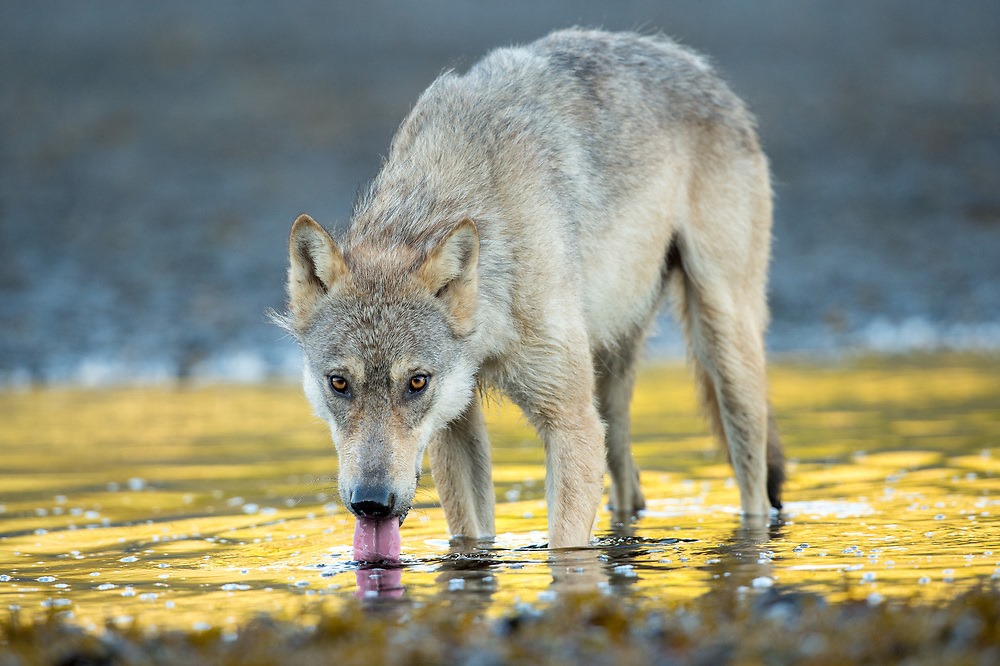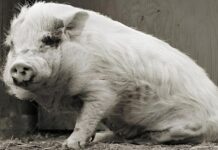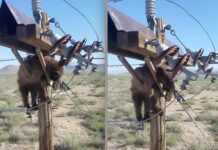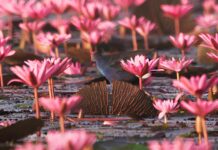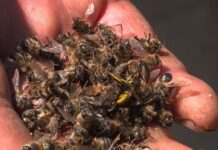The evolution of Homo Sapiens was too successful. Every day, Mother Nature wrestles with the need for humanity to dominate and destroy. Diverse species, as a result, are being destroyed at breakneck speeds. The diversity of species, though still extensive, struggles to find new places to evolve into their niches within nature.
The endless extinction of species mostly results from a loss of natural habitat, hunting, pollution and overfishing. Humanity’s greed is simply ravenous, and the species of this world are constantly under threat.
One such species under threat are the elusive sea wolves found along a stretch of the British Columbian Pacific coast. Unlike other wolves, sea wolves live and hunt along a spectrum of habitats that includes forest, grasslands, woodlands, the tundra, and deserts.
British Columbia's coastal sea wolves have never been persecuted to the extent their inland kin have. This has played a…
Posted by Ian McAllister on Friday, November 8, 2019
Since the early 2000s, Pacific Wild’s executive director and award-winning photographer Ian McAllister began documenting the sea wolves. Alongside Canadian wolf biologist Paul Paquet, they have published some significant findings.
“There’s little doubt these wolves once lived along Washington State’s coast too. Humans wiped them out. They still live on islands in southeast Alaska, but they’re heavily persecuted there,” Paquet said.
Ian McAllister explains how the sea wolves are “genetically distinct from their continental kin.” They hunt out mostly salmon, seals and river otters, along with clams, barnacles and herrings. Often they cross miles of ocean, island jumping as they hunt.
Learned last night that this split image of a rainforest wolf focused on eating herring eggs has been chosen as one of…
Posted by Ian McAllister on Friday, December 25, 2015
McAllister continues. “They are behaviourally distinct, swimming from island to island and preying on sea animals. They are also morphologically distinct—they are smaller in size and physically different from their mainland counterparts.”
McAllister used his photography skills to capture the sea wolves in their natural habitat, swimming close enough towards them that their grunting could be heard before taking several photos. The images have since been published in The Sea Wolves, Living Wild in the Great Bear Rainforest, authored by McAllister and Nicholas Read.
Since then, a petition has been established to save the Great Bear Rainforest and the sea wolves’ natural habitats. According to one leaked document from September 2019, the B.C. government plans to “expand the wolf cull program, targeting 80% mortality in some areas.” This would keep the area open for logging approvals.
You can sign the petition here.
